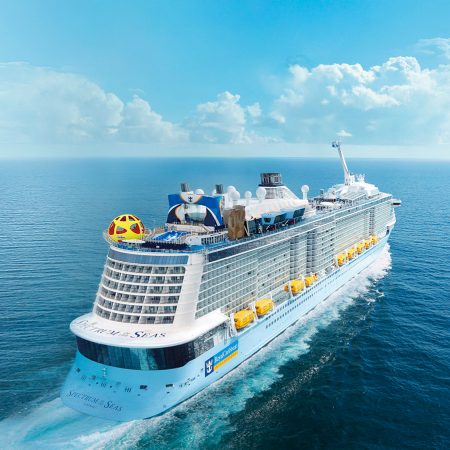Where to eat Hoi An's legendary dishes
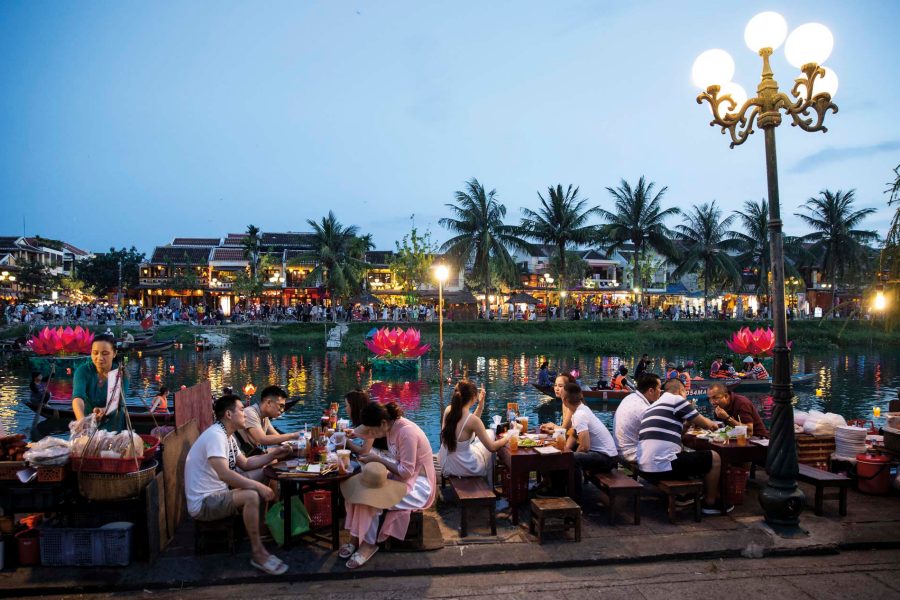
Every day up to 3,000 small baguettes are warmed, sliced and deftly filled by a line of chopstick-wielding staff who layer them with everything from homemade pâté to Laughing Cow cheese, sweet and smoky barbecued meats to aromatic curls of fresh coriander. The line of customers – locals and visitors alike in moped helmets and flip flops – wait patiently, with good reason, as the sandwiches at Banh Mi Phuong are one of the most popular places to eat in Hoi An. That’s thanks in part to the late Anthony Bourdain, who called them ‘a symphony in a sandwich’ and whose photo features both above the modest entrance and on the paper used to wrap them.
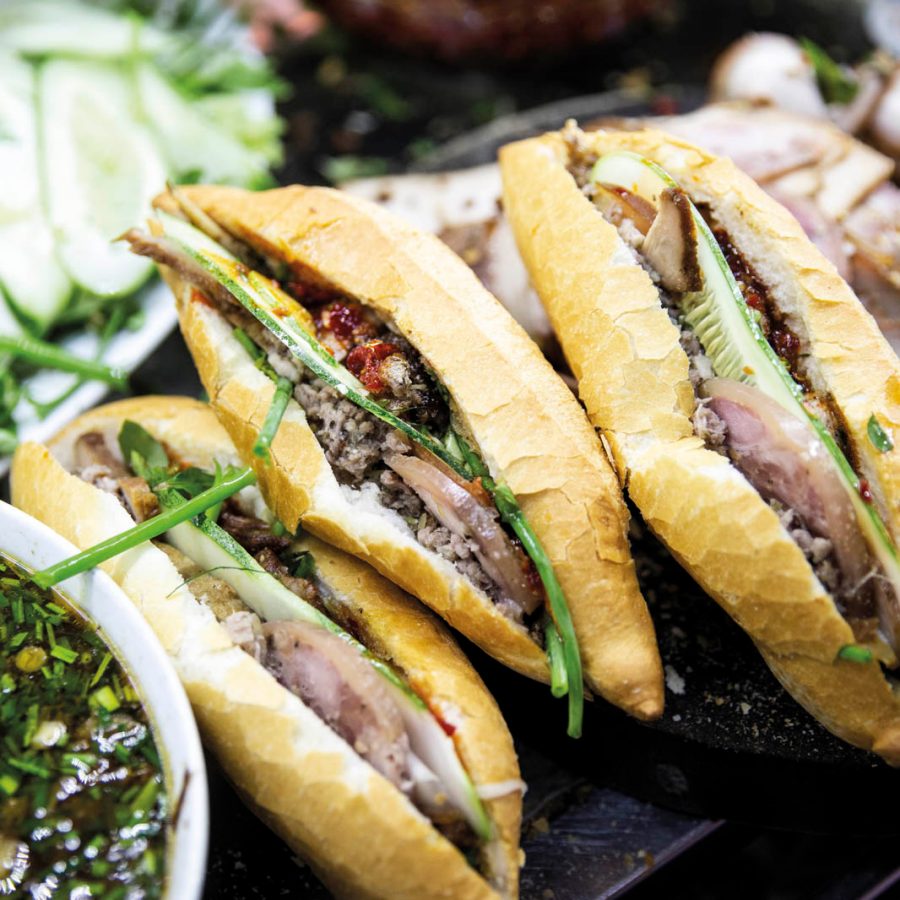
Credit: Cedric Arnold
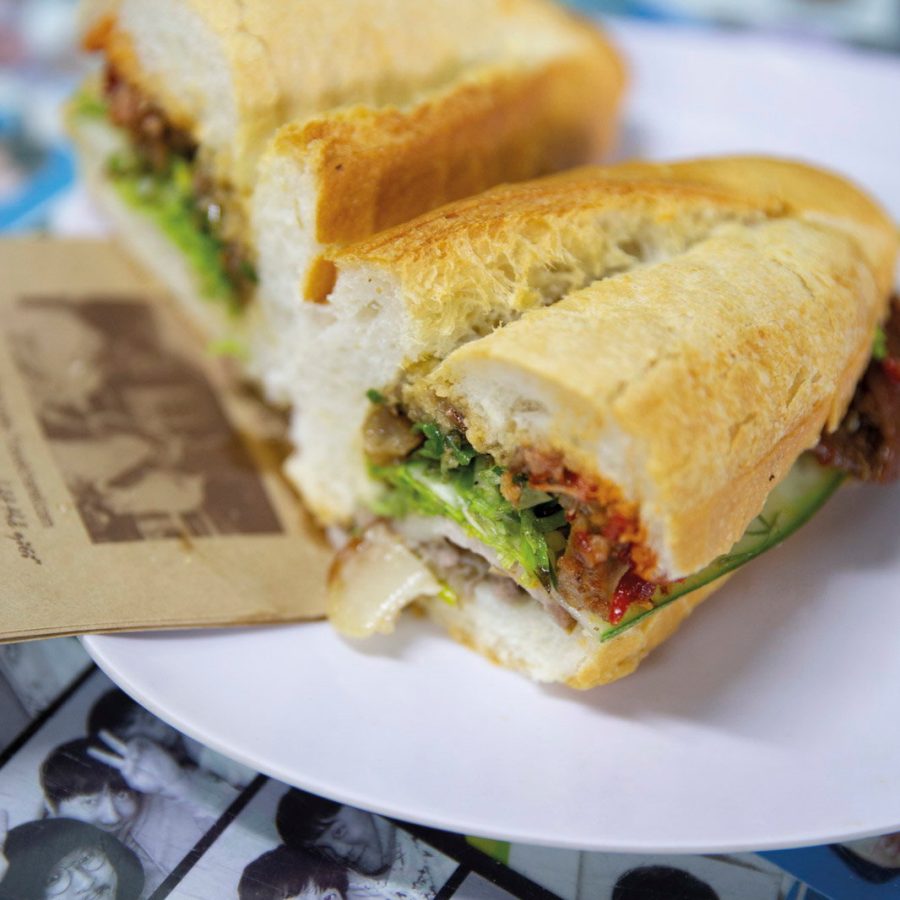
Credit: Cedric Arnold
But one thing rarely seen is a beaming smile from Madam Phuong herself behind the till, let alone a kiss being blown in your direction. You can understand why: the queue is relentless, and the work exhausting. But popping in with executive sous chef Vinh Tran from the Anantara Hoi An Resort elicits just that reaction.
Chef Vinh explains the warm response: Madam Phuong isn’t just the owner of Hoi An’s most popular banh mi shop. She was also once his schoolteacher.
‘She worked as a teacher but also made and sold banh mi,’ he says. Back in 1999, as tourism to Hoi An started picking up, she decided to take her mother’s recipes and set up a humble banh mi stand near the town’s old food market. ‘Madame Phuong marinates her char siu [barbecued pork belly] for 24 hours, and adds pickles, pâté, fresh herbs, secret chilli sauce, mayonnaise and more.’
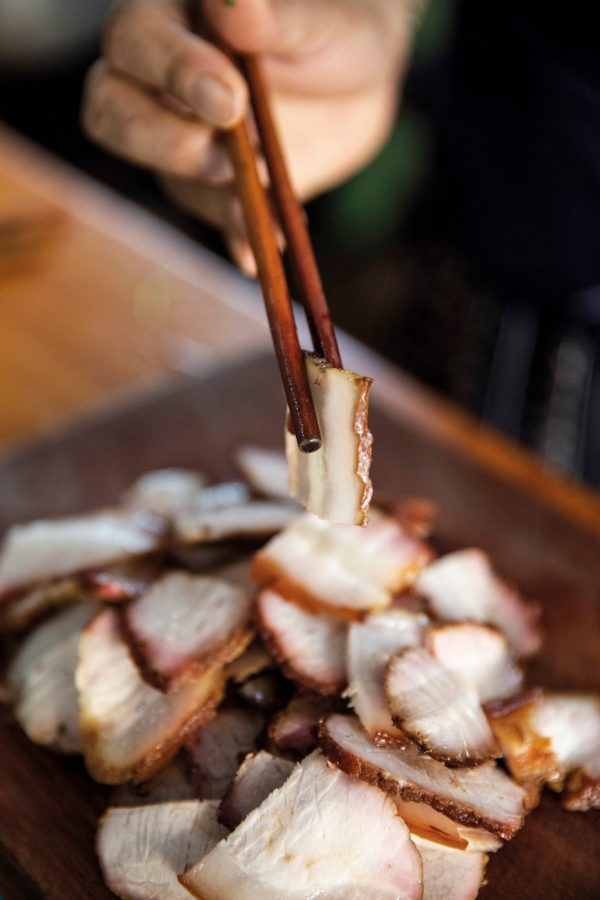
Credit: Cedric Arnold
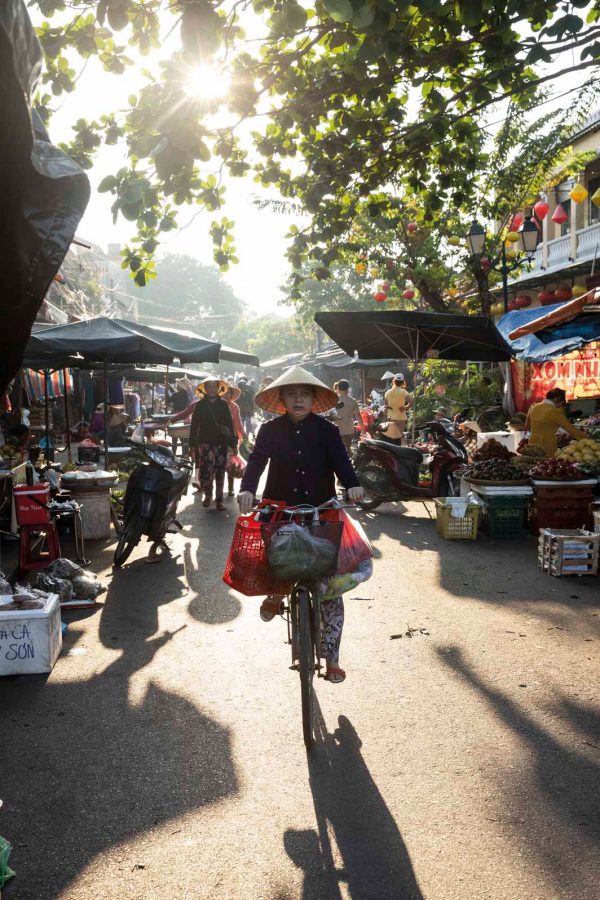
Credit: Cedric Arnold
Choosing your favourite Hoi An banh mi is one of Asia’s most fulfilling culinary journeys as you wander from stalls to shopfronts, following the aroma of bread warming on top of old cast iron ovens or the wafts of barbecued pork smoking on open grills. The not-especially-subtle branding of ‘Madam Khanh, Banh Mi Queen’ – generally a bit spicier than Banh Mi Phuong – is another popular choice, but the truth is that you really can’t go wrong in Hoi An. The ingredients are fresh, the pâtés and sauces are made in-house and the sensational sandwiches cost no more than HK$8.
The banh mi also perfectly represents Hoi An. It’s an emblematic mix of cultures and influences, reflecting how the ancient port traded in spices and ingredients from around Asia and further afield. The char siu-style pork originally from southern China is served in a baguette that’s a reminder of Vietnam‘s French colonial rule – while the herbs are undeniably local. That selfsame culinary cultural resonance can be seen in the other popular dishes found in many of Hoi An’s 800 or so eateries – nowhere more so than in a bowl of cao lau.
Every town and city in Vietnam seems to have its own noodle dish. Nearby Da Nang favours mi quang – bright, fresh, turmeric-infused noodles. But it is Hoi An’s cao lau that tick all the boxes of Vietnamese flavours: sweet, sour, salty, bitter and hot – while not forgetting the crucial contrasting textures.
At the Anantara’s airy, elegant first-floor dining room overlooking the Thu Bon river, this dish is a staple on the breakfast menu and often the first reference point for visitors wondering where to eat in Hoi An to sample its enticing food scene. Chef Vinh has his own favourite spot for the dish: Quan Cao Lau Thanh, just a few streets north of the Old Town. He’s happy to accompany curious guests there, joining them on low plastic stools to sip the sensational broth that features star anise, cinnamon and much more.
The noodles resemble and have a similar texture to Japanese udon because 17th-century Japanese silver traders frequented Hoi An – hence its photogenic Japanese Bridge – and brought their own wheat flour noodles with them. The noodles are chewy because the grains are first soaked in water drawn from the old Ba Le well in the middle of town, then mixed with lye, an alkaline substance derived from wood ash. Along with turmeric, it makes for a slightly yellow tinge that contrasts beautifully with the mahogany-coloured pork simmered in soy, the vibrant greens of mint, coriander and basil and the bright white threads of bean sprouts. The broth brings it all together, while the final flourish has to be the sweet, sticky, sharp Hoi An chilli sauce, a squeeze of calamansi and several golden-brown rice crackers.

Credit: Cedric Arnold
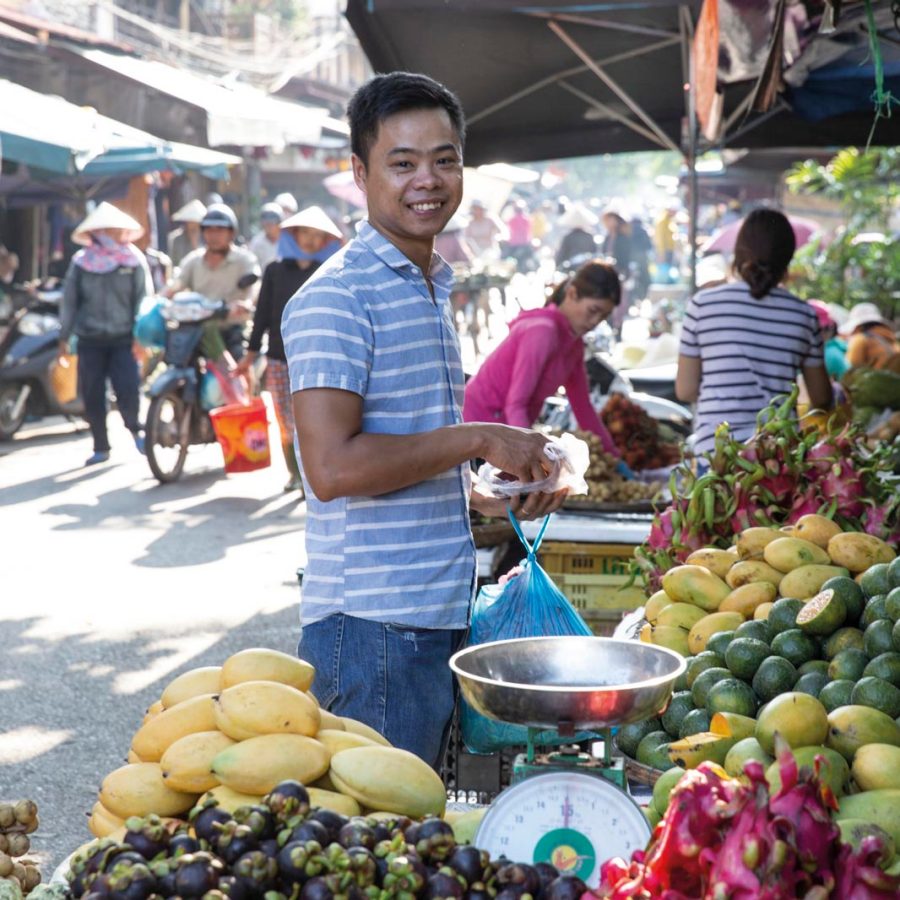
Credit: Cedric Arnold
Chef Vinh says only three families have the recipe for these critical, crunchy additions to the steaming bowls. Two families in the countryside use a machine to make the rice crackers, but the one in Hoi An still makes them by hand in a remarkably labour-intensive process.
‘The rice has to be left in water for a minimum of eight hours,’ says Chef Vinh. ‘They blend it until smooth and cook it in a big wok for an hour so it becomes like a pizza dough, then they steam it for 30 minutes, roll it out, cut it by hand and steam them again before letting them dry in the sun.’ A walk along the riverside near the Anantara, just outside the centre of town, proves his point as you see circular bamboo mats covered in countless crackers.
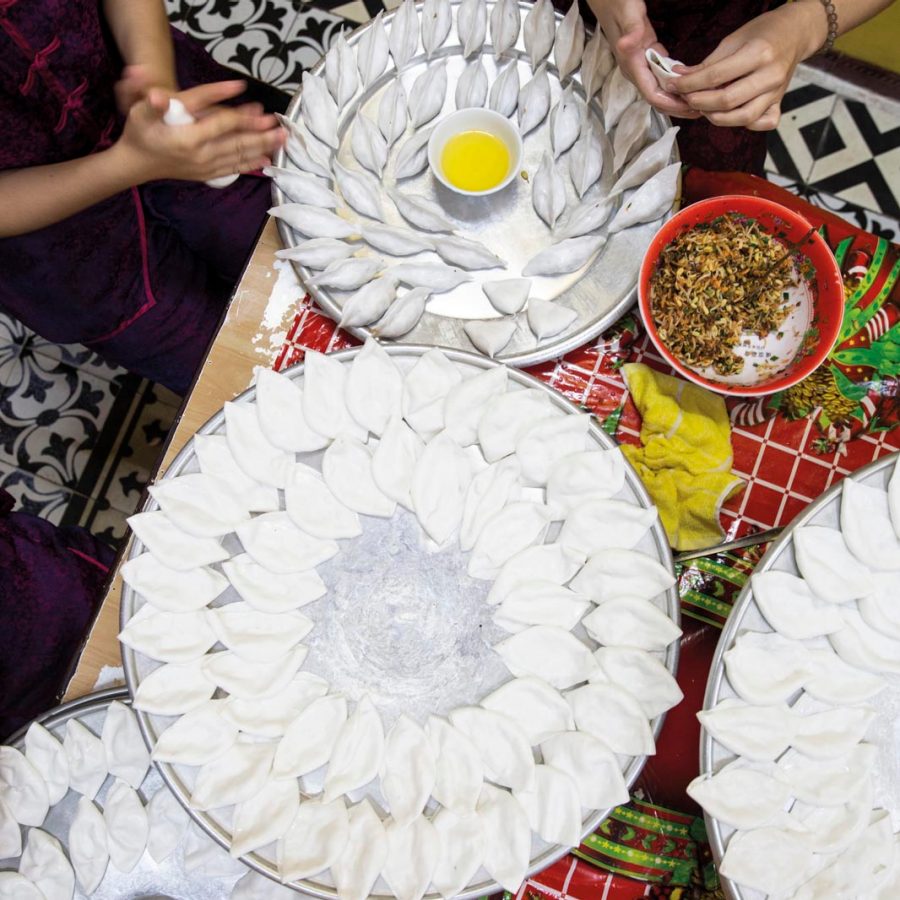
Credit: Cedric Arnold
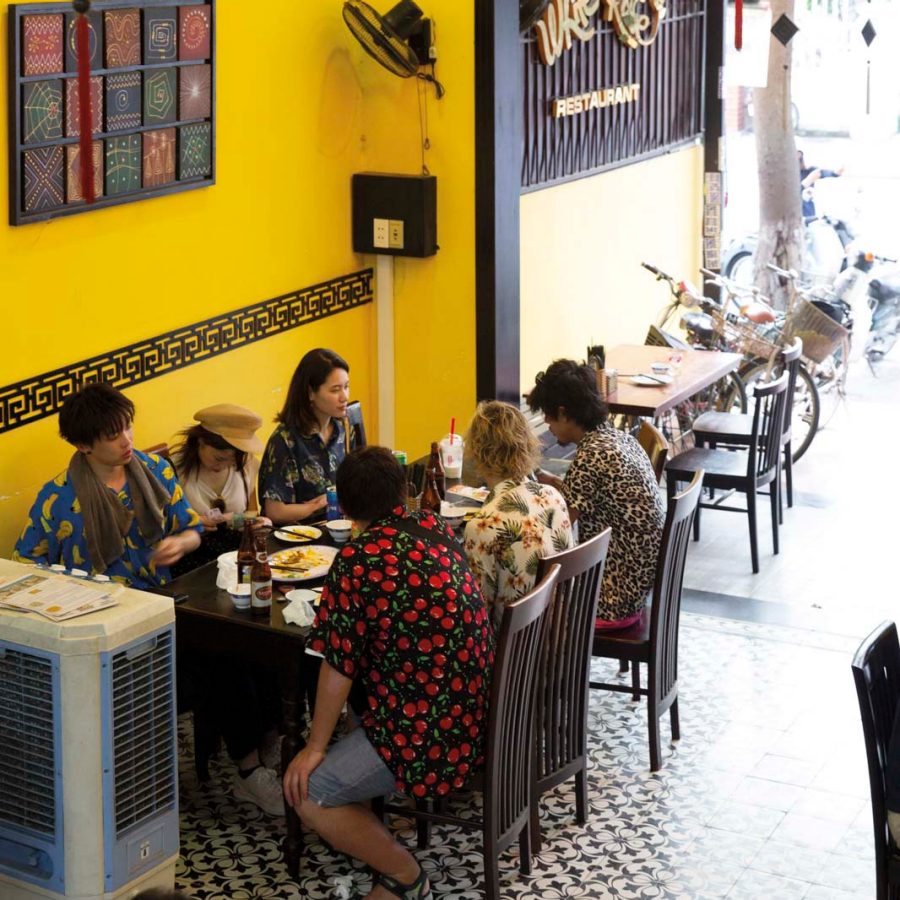
Credit: Cedric Arnold
The final iconic dish from Hoi An is white rose dumplings, or banh bao banh vac. Originally inspired by the delicate dim sum of China’s Guangdong province, as their English name suggests they’re delicately teased in folds to look like white roses. The Ba Le well water that features in cao lau noodles is again part of the magic, mixed with rice flour to make casings that are almost translucent, but also with enough structure to retain their shape and bite when steamed.
A mind-blowing 10,000 a day are crafted by a small team of women sitting around a large circular table towards the back of the White Rose restaurant just outside of the Old Town. It’s communal work as they laugh and talk throughout, kids playing around them in the evening, their fingers a blur of movement as they craft perfect pleats time and again.
The reason they make so many is that this one spot also supplies restaurants all over town. But remarkably, the dumpling makers have no idea of the recipe for the pork and shrimp filling. As he prises open a bottle of beer with a chopstick, Chef Vinh explains:
‘It’s really another secret recipe. The owner makes the filling, it’s delivered early in the morning then left out for the ladies who craft them all day long.’
The dainty dumplings are sublime on their own but, as is often the case in Vietnam, the dish isn’t complete until it’s dipped or dunked in a sauce. For the white rose, its perfect condiment is made with fish sauce, chili, sugar and lemon, topped with crispy shallots for textural contrast. I wonder if I could ever replicate it at home.
This being Hoi An, however, the recipe is closed off to me: another closely guarded culinary secret.
This story was originally published in July 2019 and updated in September 2020.
Hero image: Cedric Arnold
More inspiration
Da Nang travel information
- China – the Chinese Mainland, Hong Kong SAR, Macao SAR and Taiwan Region
- Hong Kong SAR - English
- Chinese Mainland (China) - English
- Taiwan, China - English
- 香港特別行政區 - 繁體中文
- 中国內地 - 简体中文
- 中國台灣 - 繁體中文
- Africa
- South Africa - English
- Asia
- Bangladesh - English
- Korea - English
- Singapore - English
- Cambodia - English
- 한국 - 한국어
- Sri Lanka - English
- India - English
- Malaysia - English
- Thailand - English
- Indonesia - English
- Maldives - English
- ประเทศไทย - ภาษาไทย
- Indonesia - Bahasa Indonesia
- Myanmar - English
- Vietnam - English
- Japan - English
- Nepal - English
- Việt Nam - tiếng Việt
- 日本 - 日本語
- Philippines - English
- Australasia
- Australia - English
- New Zealand - English
